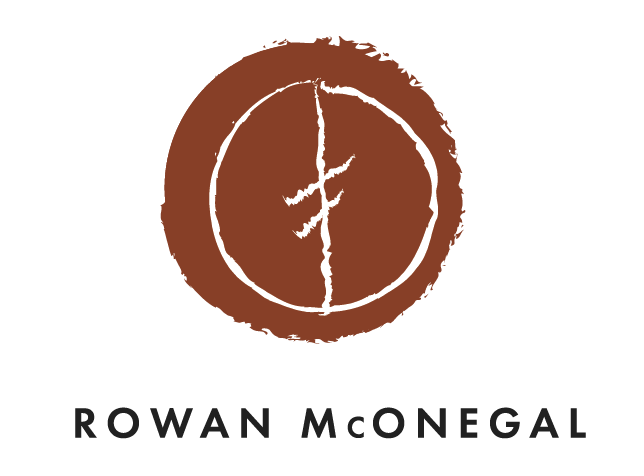Durlow Chapel, 2013
This arched stained glass window was commissioned by Tim and Jane Wilson for the Nonconformist chapel at Durlow Common. I designed and made the stained glass window and it was installed in a re-instated window aperture in January 2014. It measures 34” x 46”.
It is made using English Antique Glass (made at Alvechurch, near Birmingham), and Lamberts handmade glass imported from Germany (the green border and the sandblasted flashed glass).
The decorative techniques used are traditional glass painting using metal oxides, subsequently fired in an electric kiln to bond the paint with the body of the glass. The glass paint powder is mixed with gum arabic, lavender or clove oil and water, is matted on to the glass wet, allowed to dry, and worked into and lifted off with brushes and points, then fired once. Other techniques are sandblasting on flashed glass (glass that is made with a thin layer of coloured glass over clear – in this case, green on clear and gold amber on clear). The flashed glass is masked off with plastic film on the flashed side, the mask cut into with a scalpel to remove portions of the film, which can then be sandblasted to varying degrees to create areas of clear colour. The grainy surface created by sandblasting gives the glass a glittery, shimmering appearance in sunshine. The combination of the painting and the sandblasting creates ‘pools’ of light within the image of the tree.
I made this window in response to the theme desired by Tim and Jane. The themes of apple trees, owls and mistletoe are recurrent in my work and very evocative of Herefordshire and its traditions of cider apple orchards. I relished the opportunity to make a dedicated piece for what was a sacred, now a domestic space.
I made drawings in local orchards, in order to enter into the spirit of the work and engage totally with the subject. I chose to represent autumn in this piece, the fruitful time. I wanted the piece to convey the experience of an encounter with an apple tree, to be beneath the waterfall of leaves and fruit and light: the magical, visionary quality of this experience. The mistletoe is embedded within the flesh of the tree, a golden orb becoming one with it. The owls are hidden yet revealed in halos of light.
I liked the idea of this expression of a dialogue with the natural world having a place in a Nonconformist chapel, exiled as their Ministers were to remote areas of the countryside by the Five Mile Act of 1665. It feels like the right place for such a window.
The way the presence of a piece of stained glass interacts and influences a space has always intrigued me – the earliest memory of this awareness being visiting Canterbury Cathedral as a child.
I design and make windows for domestic and public spaces, with which I aim to enhance the environment and nurture the contemplative aspects of our experience. My influences are many – some that come to mind in the context of this window are Samuel Palmer, William Blake, Eric Ravilious, John Piper (and his work with glass artist Patrick Reyntiens), Paul Nash, and land artists such as Richard Long. I am also fascinated by all kinds of traditional arts from other parts of the world and constantly inspired by visits to the Pitt Rivers Museum and the endless creativity of the human being. The ‘tree of life’ as a symbol crops up again and again in many different materials for example, John piper’s stained glass window in St Giles of Provence in Tottenhoe.

